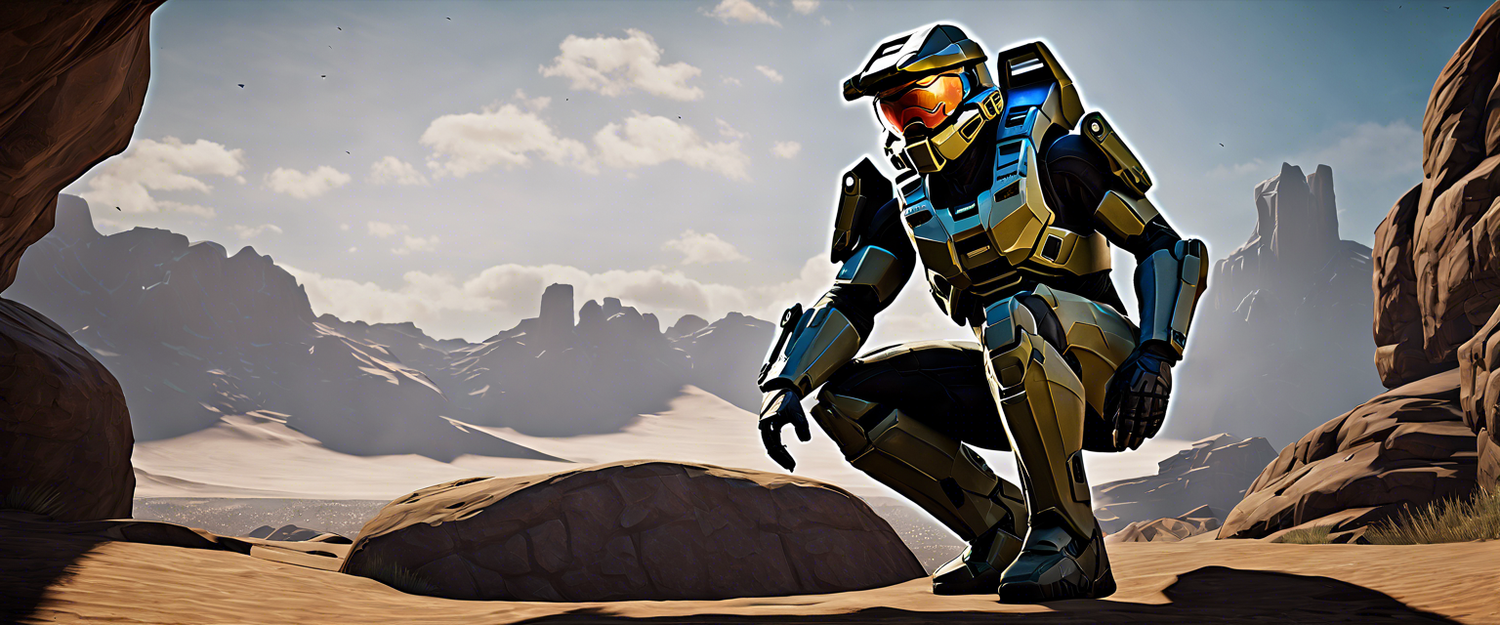Microsoft's Bold Move: Halo Development Transitions to Unreal Engine 5
After months of speculation, Microsoft has officially announced that it is transitioning its Halo game development from the proprietary Slipspace Engine to Unreal Engine 5. This significant change follows a period of leadership overhauls and layoffs at 343 Industries, now rebranded as Halo Studios. The company aims to usher in a new era for the Halo franchise, emphasizing innovation and improved development efficiency.
Why the Change?
The decision to move to Unreal Engine 5 came after many challenges faced with the older Slipspace Engine, which, while initially built for Halo Infinite, became increasingly difficult to work with. Parts of the Slipspace Engine are nearly 25 years old, prompting management to rethink their technology and development strategies. According to Pierre Hintze, the studio head at Halo Studios, "We’re not just going to try to improve the efficiency of development, but change the recipe of how we make Halo games." This shift signifies a commitment to enhancing the entire Halo experience.
The Vision for Halo Studios
Halo Studios is not only looking to change its technology but also aims to reform its structure, processes, and culture. This is articulated through the studio's goal of expanding the Halo universe. As Chris Matthews, the art director, explains, "One of the primary things we’re interested in is growing and expanding our world so players have more to interact with and more to experience." The integration of Unreal Engine’s advanced features, such as Nanite and Lumen, is expected to facilitate unprecedented visual and interactive elements in future games.
Introducing Project Foundry
In conjunction with this transition, the team is developing a project titled Project Foundry. This initiative serves as a research, development, and training tool, rather than a standalone game or tech demo. Based on the philosophies of creating a shipping game, Project Foundry is intended to showcase capabilities that will be woven into upcoming Halo titles.
According to Hintze, “It’s fair to say that our intent is that the majority of what we showcased in Foundry is expected to be in projects we are building, or future projects.” This project includes improved landscapes and enhanced graphical elements that fans have yet to see in the Halo universe.
What's Next for Halo?
Currently, as Halo Studios forges ahead, it is working on multiple new Halo titles. The existing Slipspace Engine will continue to operate for Halo Infinite, but the shift to Unreal Engine 5 allows the team to concentrate on delivering high-quality experiences across several upcoming projects. "We had a disproportionate focus on trying to create the conditions to be successful in servicing Halo Infinite," Hintze stated, reinforcing the dedication to future endeavors.
Conclusion
As Microsoft embraces this ambitious new chapter for Halo Studios, fans can look forward to the revitalization of the Halo franchise, marked by cutting-edge technology and a reimagined approach to game development. With Unreal Engine 5, the possibilities for engaging gameplay and immersive worlds are only just beginning. Keep an eye out for exciting updates and announcements from Halo Studios in the coming months.



Lasă un comentariu
Toate comentariile sunt moderate înainte de a fi publicate.
Acest site este protejat de hCaptcha și hCaptcha. Se aplică Politica de confidențialitate și Condițiile de furnizare a serviciului.